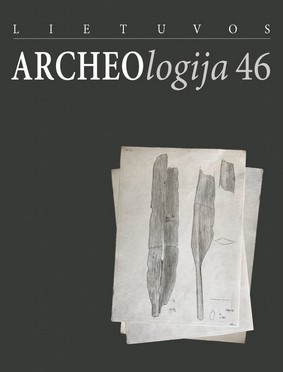STUDIES OF ANCIENT DNA. THE RACE FOR THE ULTIMATE ANSWER
STUDIES OF ANCIENT DNA. THE RACE FOR THE ULTIMATE ANSWER
Author(s): Inga MerkytèSubject(s): Archaeology, Historical Geography, Ancient World, Health and medicine and law
Published by: Lietuvos istorijos institutas
Keywords: Ancient DNA; Parasite eggs; soil; Ancient human remains;
Summary/Abstract: The outbreak of the Covid-19 virus has convincingly demonstrated the universal application of genetic technology, allowing effective diagnostics in the earliest stages of the illness. DNA research can indeed be regarded as one of the revolutions in modern times with significant groundwork occurring in the 1980s and today claiming new fields and areas of application. In archaeology, DNA research is playing an increasingly important role. From the groundbreaking results extracting DNA from the tissues of ancient mummified bodies (Hunan 1980; Pääbo 1984), it soon became evident that excavated bones, as well as teeth and hair, also contain preserved genetic material, making it possible to investigate their DNA (Hagelberg et al. 1989). In 2003 a high-quality, comprehensive sequence of the human genome was completed and opened unforeseen possibilities in genetic research (Collins et al. 2003). Today ancient DNA-based studies range from the identification of human gender, kinship and even physical characteristics (phenotypes) to population genetics and human ecology, including palaeobotany, zoology, and paleoepidemiology. Groundbreaking progress occurred in around 2000 with the development and application of next-generation sequencing (NGS) technologies, which made it possible to sequence the whole human genome in just one day (Straiton et al. 2019). For thorough overviews of the typing of ancient DNA, the methods, and the applications, there is a vast body of literature available for reference (e.g. Hummel 2003; Butler 2010; for readers in Lithuanian, see Kučinskas 2004).
Journal: Lietuvos archeologija
- Issue Year: 2020
- Issue No: 46
- Page Range: 293-304
- Page Count: 12
- Language: English

